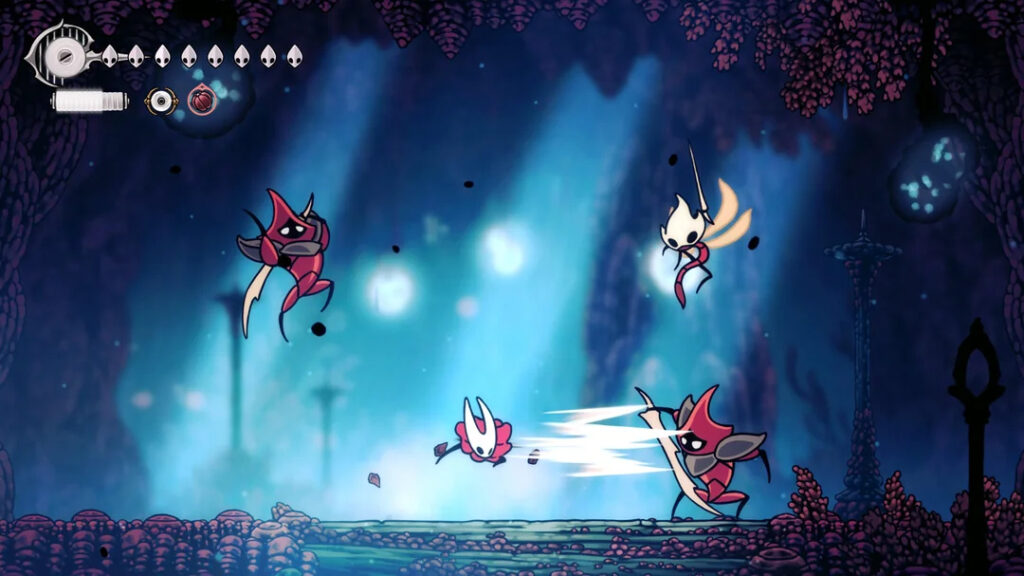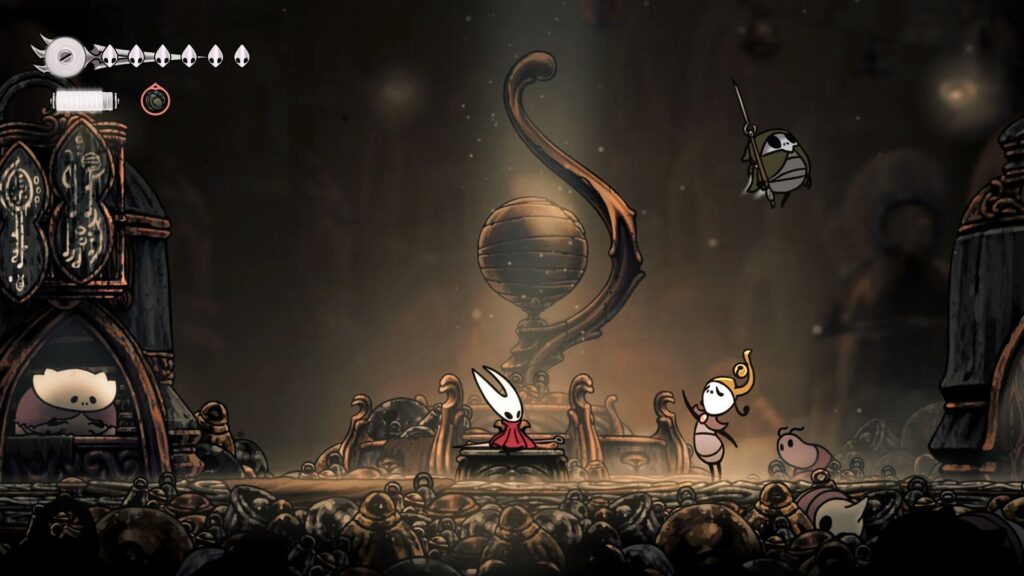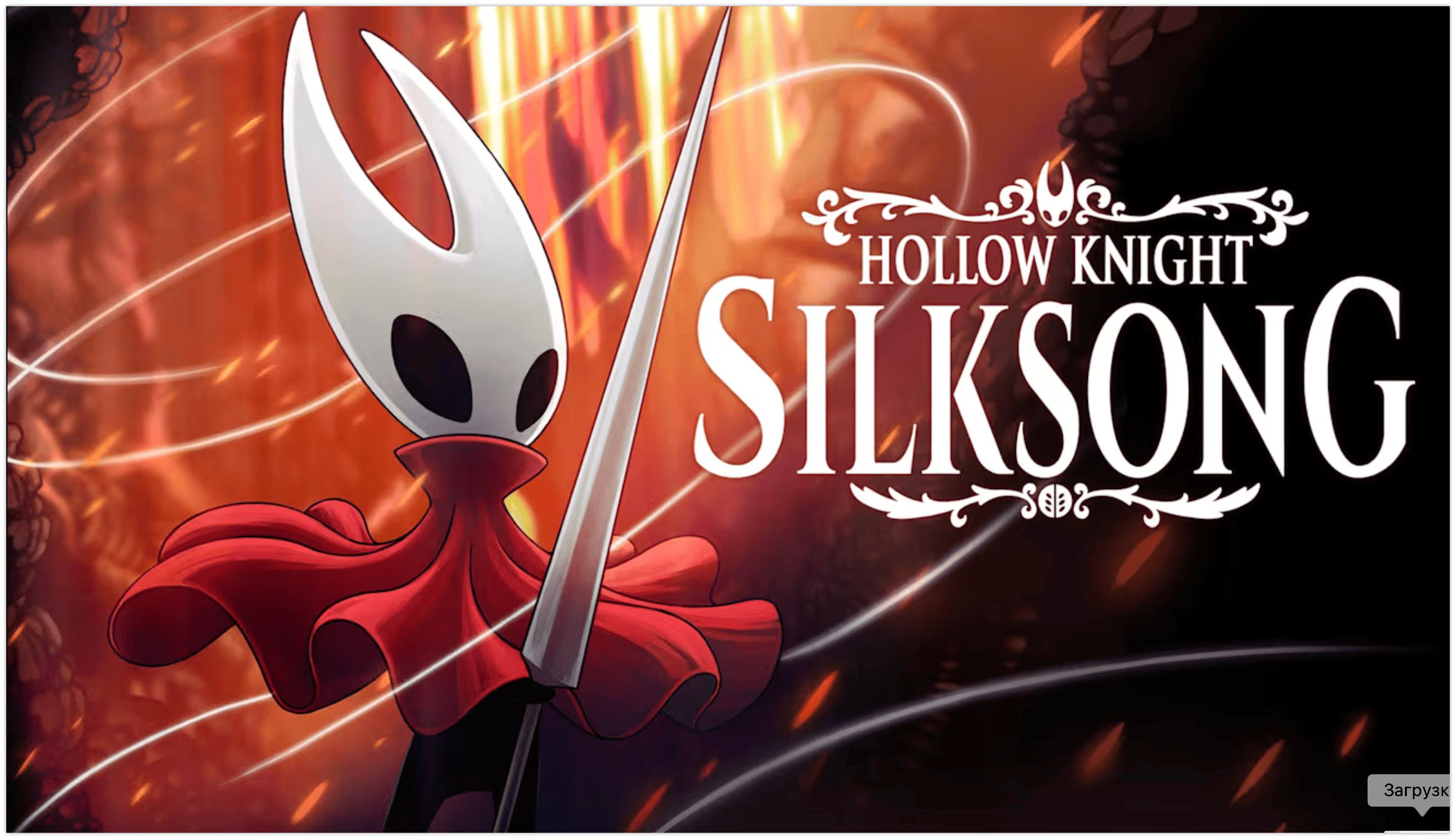When Hollow Knight: Silksong finally landed after years of anticipation, the gaming world paused — and then exploded. Within minutes of its release, the long-awaited sequel to Team Cherry’s 2017 indie hit broke Twitch records, peaking at over 360,000 concurrent viewers. For a brief window, this hand-drawn, 2D Metroidvania outperformed juggernauts like Dota 2 and Grand Theft Auto V — an unprecedented moment that redefined what indie games could achieve in the global spotlight.
It wasn’t just a launch. It was a cultural event — a collective exhale from fans who had been holding their breath for five years. And in those minutes of streaming dominance, Silksong didn’t just make history; it reshaped the narrative around independent game development.
A Record-Breaking Debut
Moments after the clock struck midnight, Twitch’s “Just Launched” section turned into a sea of silken threads. Silksong instantly climbed to the platform’s top spot, surpassing even the most-viewed multiplayer titles. The game’s launch triggered massive traffic spikes: Steam’s servers lagged under the influx, and Nintendo’s eShop temporarily stalled — digital proof of how deep the hunger for Silksong ran.
There were no pre-loads, no early access leaks — just pure, synchronized anticipation. Streamers went live within seconds of the game unlocking, their chats cascading with messages that read like a global countdown. This wasn’t mere hype — it was collective catharsis. Players, creators, and fans were finally in the same moment together, discovering Hornet’s journey live and unscripted.

Anticipation That Built a Storm
Few games in modern memory have been mythologized like Silksong. For years, its absence became a daily ritual in gaming communities. Reddit threads like “Daily Silksong News” posted tongue-in-cheek updates (“Still nothing today”) that evolved into a cultural meme — one part hope, one part parody.
When the day finally arrived, that slow-burn anticipation erupted into collective euphoria. Streams multiplied across every region, from major gaming channels to first-time creators who had built audiences solely on Hollow Knight lore. Twitch’s indie category saw an eightfold increase in traffic compared to its usual daily average.
What made Silksong’s anticipation unique was its authenticity. Team Cherry had said little, choosing silence over spectacle. That restraint, ironically, built one of the strongest hype cycles in indie history — proof that patience, not marketing, can sometimes be the greatest amplifier.
Indie Goes Mainstream
How did a 2D single-player game outshine the biggest multiplayer titles on Twitch? The answer lies in a shifting gaming culture. Viewers no longer tune in solely for competitive dominance or flashy esports moments. They tune in for artistry — for craftsmanship, mood, and emotional storytelling.
Silksong embodies that change. Its visual poetry, orchestral soundtrack, and deliberate pacing contrast sharply with the loot-box chaos of live-service games. The appeal is intimate rather than massive. Watching someone navigate its hand-crafted labyrinths feels almost meditative — a shared exploration rather than a contest.
In this moment, Silksong proved that indie games no longer live in the shadow of AAA releases. They are the main event.
What the Numbers Reveal
The numbers behind Silksong’s debut tell a story of scale and emotion. These aren’t just statistics — they capture a moment when an indie title outpaced some of the biggest franchises in gaming history.
- 360,000+ concurrent Twitch viewers at launch
- #1 Twitch category for over four hours
- Steam and eShop instability from traffic surges
- 8× higher Steam peak than the original Hollow Knight
Beyond the digits, these metrics reveal a deeper shift. The success of Silksong underscores how streaming audiences increasingly value creativity, intimacy, and sincerity over spectacle. The most-watched game on Twitch that night wasn’t a massive open-world epic — it was an indie Metroidvania about a lone warrior, animated frame by frame.
A New Standard for Indie Releases
For the indie scene, Silksong’s success sets a new benchmark. No longer can small studios be dismissed as niche players; they’re shaping global trends. Streamers have become launch partners, amplifying the reach of studios that operate with just a handful of developers.
Games like Celeste, Hades, and Stardew Valley paved the way, but Silksong elevated the conversation. It reminded players that the “indie” label isn’t about size — it’s about identity. These are games made with vision, not committee approval. And when vision resonates, scale becomes irrelevant.
The implications ripple forward: expect more publishers to court indie partnerships, more players to follow creators into smaller titles, and more developers to see streaming as their most powerful debut stage.

Final Thoughts
Hollow Knight: Silksong didn’t just top charts — it redefined possibility. Its Twitch takeover marked the moment indie artistry went fully mainstream. It showed that craftsmanship, narrative integrity, and community trust could rival the marketing budgets of billion-dollar studios.
For Team Cherry, this is more than success; it’s vindication. For the industry, it’s a wake-up call. The future of gaming isn’t measured by map size or player count — it’s measured by heart.
Because when 360,000 people stop to watch a hand-drawn Metroidvania unfold in real time, that’s not just a record. That’s history.
